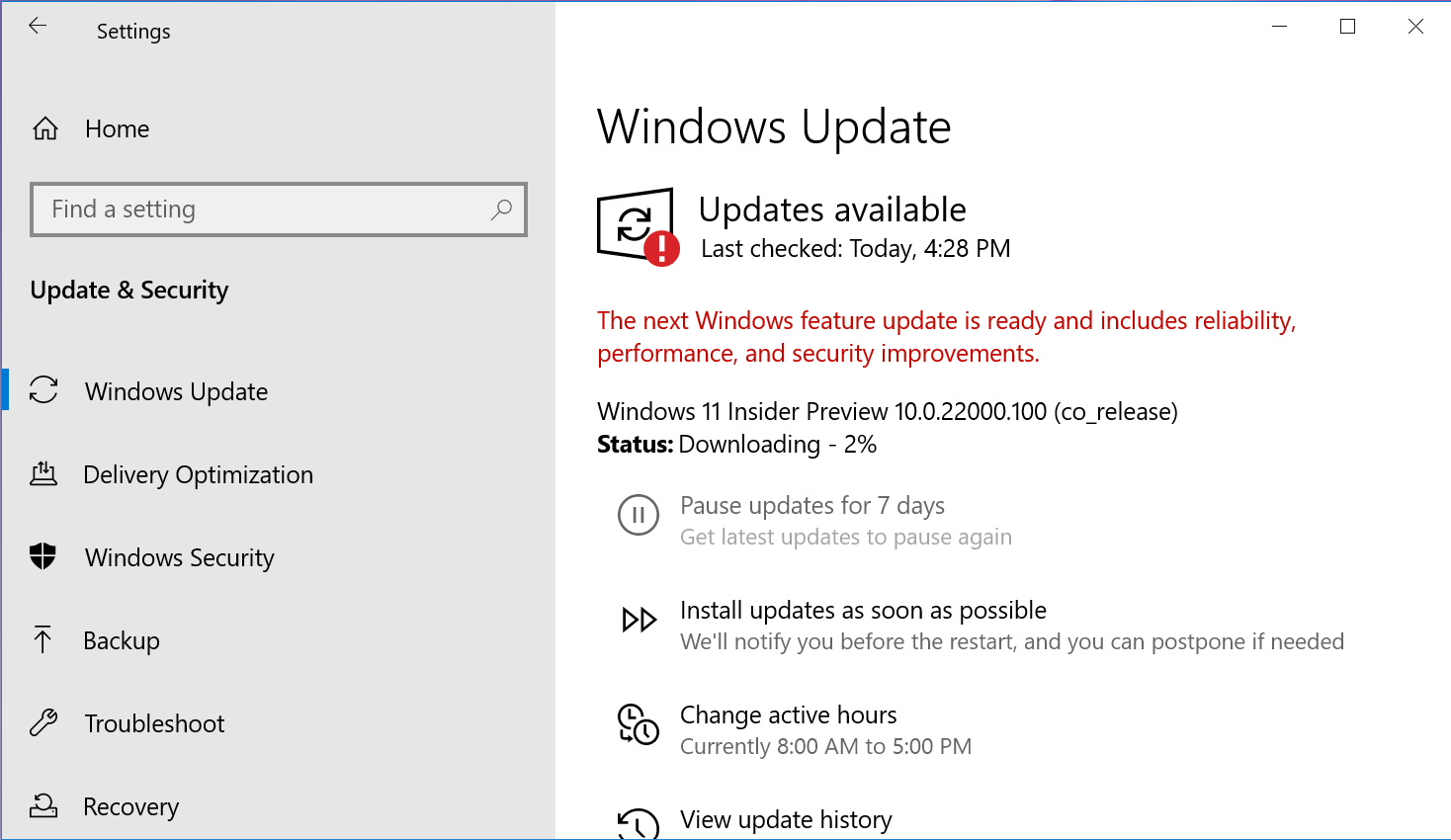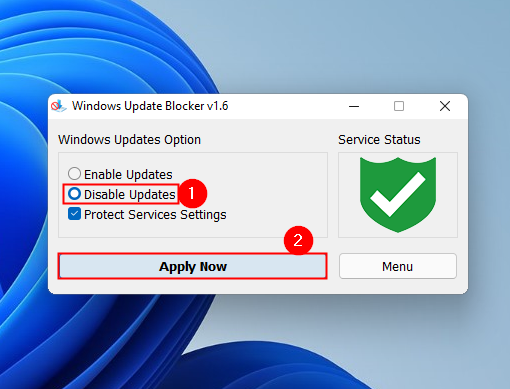

Use the About screen to check your system specs. We provide information on this in the sections after TPM. You’ll also need to enable Secure Boot and have the booting hard drive set to GPT. We provide more on how to do this in the next section. If it’s not enabled, you’ll need to go into your BIOS and manually enable it (I had to do this on my custom PC, but not on my laptop). You’re going to need a version 2.0 Trusted Platform Module (TPM), which takes care of various security-related duties - TPMs are included on most modern motherboards, so you may already have one, even if it’s not enabled. What’s more difficult is the storage and motherboard requirements. Those specs are easy to fulfil and most computers will be compatible with them. Right now, the list of system requirements includes a 1GHz or faster CPU (with two or more cores), 4GB of RAM and 64GB of storage.

It’s a good idea to use the above application, cause as we said earlier, Microsoft has been sending out upgrade notices for incompatible machines.

It’s a quick tool that assesses your computer for compatibility with the new operating system, and is a great place to start. If you want to see if your specific computer can run Windows 11, download Microsoft’s PC health check app.

It’s perhaps more difficult than it should be, because Microsoft published a minimum spec, then tweaked it, then waived certain parts of it for the testing period, leaving us all thoroughly confused about which computers would be able to run the new operating system and which wouldn’t.īroadly speaking, if your computer was purchased within the last five years or so, or was assembled by parts released in the last five years or so, then it’s a fairly safe bet that it’s Windows 11 compatible (unless, obviously, it’s a Mac). Windows 11 has steeper, more demanding system requirements than any other Windows OS. If you want to jump straight to the install part of this guide, click here. Note that your experience may be different depending on your device. So, how might one upgrade to Windows 11? Here’s our handy guide on how to do it. Unlike Windows 10, when upgrading from Windows 7, 8 or 8.1, it’s not as simple as clicking the notification in the taskbar and downloading the upgrade.Īdditionally, some computers may not be compatible with Windows 11, while they were previously compatible with Windows 10 and earlier operating systems (and Microsoft has unfortunately been sending out upgrade notices to incompatible devices). However, for many PC users, and especially some custom PC users (like myself), upgrading isn’t as simple as it might seem. One year on, Windows 11 has received a bunch of performance and feature upgrades, and it’s definitely worth upgrading to the operating system now.


 0 kommentar(er)
0 kommentar(er)
